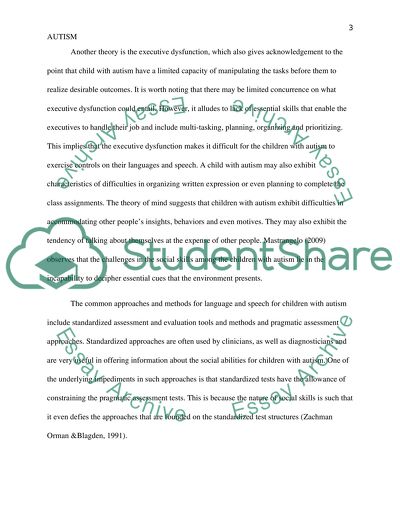Cite this document
(“Mood Disorder project-Psych Essay Example | Topics and Well Written Essays - 1250 words”, n.d.)
Mood Disorder project-Psych Essay Example | Topics and Well Written Essays - 1250 words. Retrieved from https://studentshare.org/psychology/1477705-mood-disorder-project-psych
Mood Disorder project-Psych Essay Example | Topics and Well Written Essays - 1250 words. Retrieved from https://studentshare.org/psychology/1477705-mood-disorder-project-psych
(Mood Disorder Project-Psych Essay Example | Topics and Well Written Essays - 1250 Words)
Mood Disorder Project-Psych Essay Example | Topics and Well Written Essays - 1250 Words. https://studentshare.org/psychology/1477705-mood-disorder-project-psych.
Mood Disorder Project-Psych Essay Example | Topics and Well Written Essays - 1250 Words. https://studentshare.org/psychology/1477705-mood-disorder-project-psych.
“Mood Disorder Project-Psych Essay Example | Topics and Well Written Essays - 1250 Words”, n.d. https://studentshare.org/psychology/1477705-mood-disorder-project-psych.


